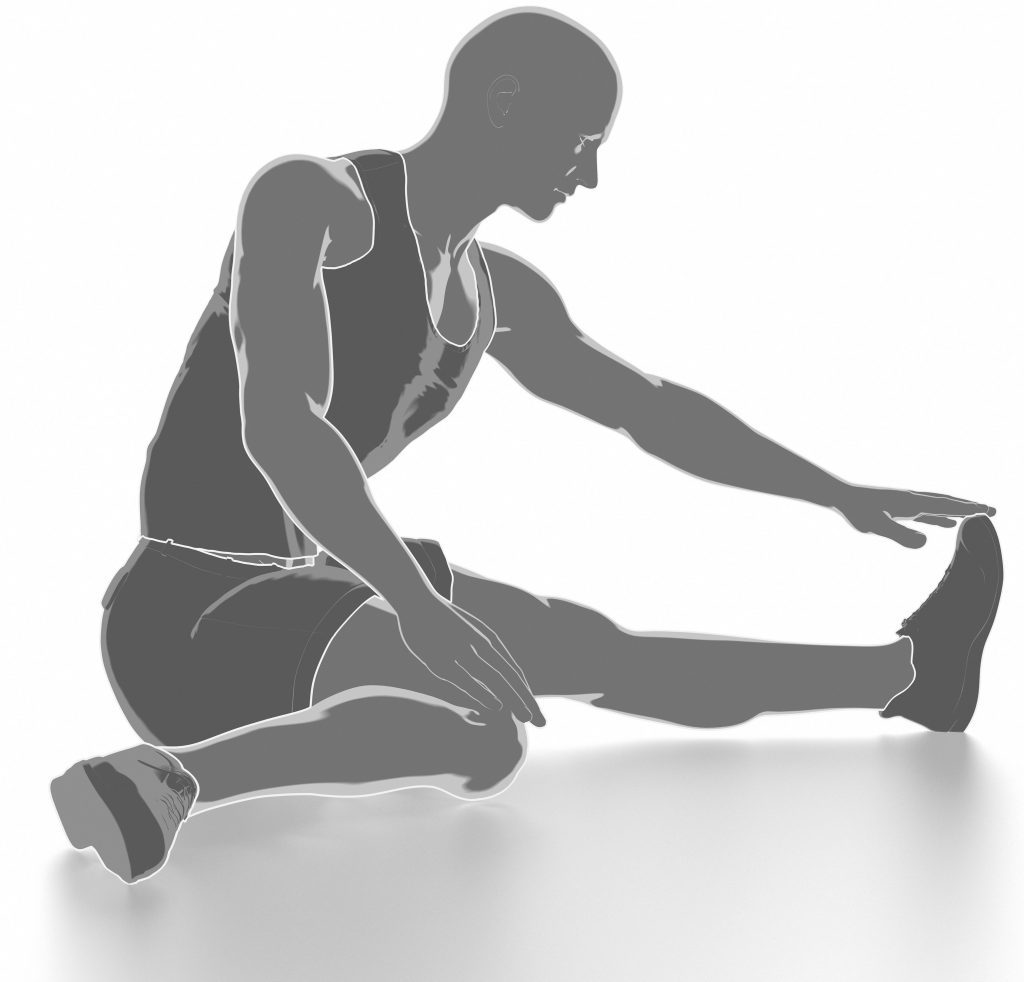 In the second part of his article focusing on physical wellbeing for dental professionals, Jimmy Tang advises on the best way to stretch to improve your flexibility.
In the second part of his article focusing on physical wellbeing for dental professionals, Jimmy Tang advises on the best way to stretch to improve your flexibility.
There are different types of stretches for different purposes. For example, PNF (proprioceptive neuromuscular facilitation – carried out by an experienced practitioner), ballistic, static and dynamic stretches, but we will concentrate on static stretches here.
Stretching should form an integral part of any exercise programme. Static stretches can either be active or passive. If a partner or another group of muscles assists in the stretching process, it is known as an active stretch. For instance, contraction of the agonist to stretch the antagonist group of muscles – a typical example of this involve contraction of the tiberalis anterior to stretch the calf.
With passive stretches, there are basically two techniques: let’s use the hamstring as an example. The hamstrings are large muscles on the back of the thighs that, when tight, can pull on the pelvis and cause tightness and discomfort in the lower back. Regular stretching can gradually lessen this stressful sensation. To do a basic hamstring stretch, simply stand upright and then bend forward at the waist, letting your arms hang down. Reach for your toes, but do not force yourself to do so.
Static maintenance stretches
Lie on your back, and raise one leg off the floor. Keeping your leg straight, place both hands behind it and pull it in slightly closer to your chest until you feel a little tension. Hold this position until the tension subsides and then relax. Do this three to four times.
- Stretch to mild tension
- Hold until tension subsides
- Repeat three to four times.
Static developmental stretches
If you are unable to touch your toes when you flex your hips, your hamstrings are probably too tight. Static developmental stretches can help to lengthen your hamstrings and improve your flexibility.
The procedure is the same as maintenance stretches but when the initial tension subsides, you take the stretch further. When the tension goes, take it further one more time.
Other useful stretches
Hip flexor stretches – sitting all day causes your hips to stay in a flexed position, thus shortening your hip flexors. When hip flexor muscles are tight, they ‘turn off’ the glute muscles and cause an anterior pelvic tilt, which compress your lower back. Stretch your hips by standing shoulder-width apart and taking a half-step back with one leg. Bend your forward knee, shifting your weight on to the back leg, which should be straight. Bend until you feel a stretch in your outer hip. Switch legs to get a balanced stretch.
Piriformis stretches – the piriformis muscle, which runs through each buttock, helps to support the back and can contribute to back and leg pain when tight. Lie on your back with both knees bent at 90 degrees. The ankle of the leg to be stretched should be placed on the front of your other knee. Using your hands, the thigh of this leg is then pulled in towards your chest. Hold this position for 20-30 seconds or until the tension goes. Then, take the stretch further until the tension subsides once again.
A word of caution
If you have a degenerative spine condition, injury or ongoing back or neck pain, consult your physician before embarking a new fitness routine. Always proceed with caution and listen to your body’s cues. Sharp, painful sensations signify that you’ve gone too far.
Warm-up before stretching with five to 10 minutes of light exercise, such as a brisk walk or quick jog. Never bounce when stretching, as this can tear muscle. The University of New Mexico recommends stretching at least two times a week.


